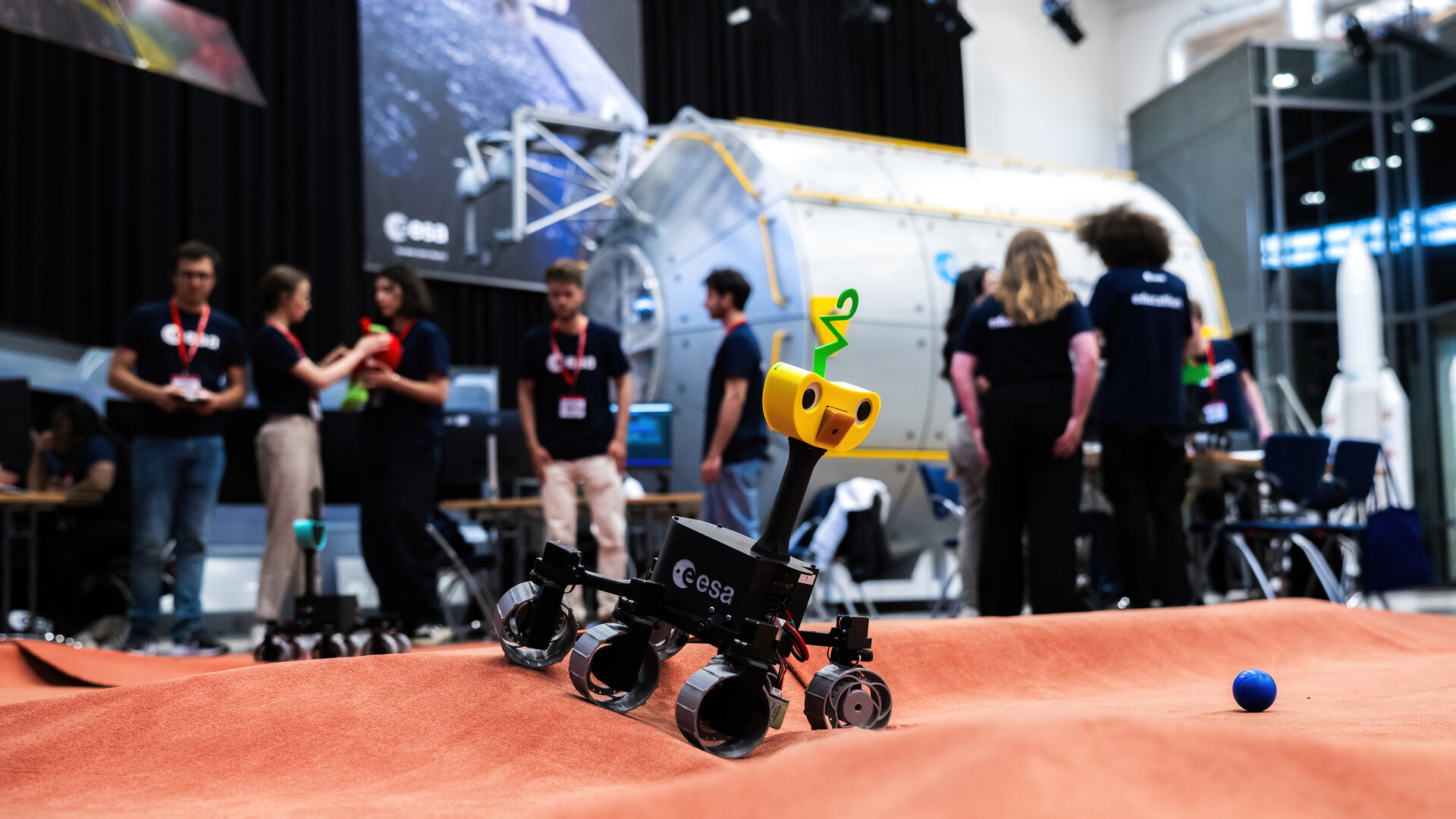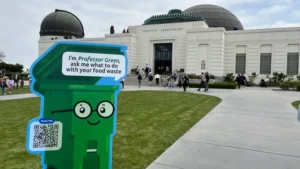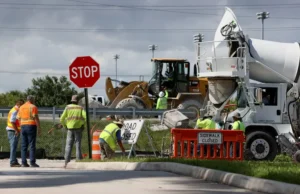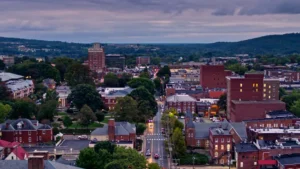Key Takeaways
- Thirty university students participated in a hands-on robotics workshop at ESA Academy, learning to operate 3D-printed ExoMy rovers.
- The workshop simulated Mars-like conditions, where students programmed the rovers for autonomous exploration and object recognition.
- ESA experts guided students through various aspects of space robotics, emphasizing the multidisciplinary nature and excitement of the field.
Hands-On Robotics Experience at ESA Academy
At a recent workshop hosted by the European Space Agency (ESA) Academy at the European Space Research and Technology Centre (ESTEC) in the Netherlands, thirty university students engaged in a four-day deep dive into space robotics. The highlight was operating a 3D-printed rover, dubbed ExoMy, modeled after ESA’s Rosalind Franklin rover.
Lennart Puck, an internal research fellow at ESA’s Planetary Robotics Lab, supported the students during their exploration of robotic systems. He noted that while the attendees came from varied backgrounds not specifically in robotics, the goal was to provide a step-by-step understanding of how these systems work. Participants began by connecting motors and calibrating the ExoMy’s hardware, progressing to more complex tasks as the workshop unfolded.
As they delved into software development, students learned about locomotion strategies and even employed machine learning techniques to enhance object recognition. This foundational knowledge culminated in a final challenge where the rovers autonomously searched for a blue ball hidden in a simulated Mars-like environment. This exercise mirrored the real challenges faced by rovers on Mars, where immediate remote control is hampered by communication delays of several minutes.
Puck emphasized the importance of autonomous navigation for rovers, highlighting that, similar to the ExoMy, the Rosalind Franklin rover must be capable of independent operations without real-time human oversight. Students were instructed on the significance of this independence, essential for successful Mars missions.
The workshop also included lectures from ESA experts, providing a broader overview of the space robotics field. Students were taken on a tour of ESTEC, further enhancing their understanding of the various disciplines involved in robotics, including computer engineering, mechanical engineering, and electrical engineering.
Overall, Puck expressed hope that participants would leave with a sense of enjoyment in working with robots, reinforcing the message that space robotics is an exciting and multidisciplinary field. This immersive experience not only empowered students with practical skills but also inspired them to explore future opportunities in the realm of space exploration and technology.
The content above is a summary. For more details, see the source article.















